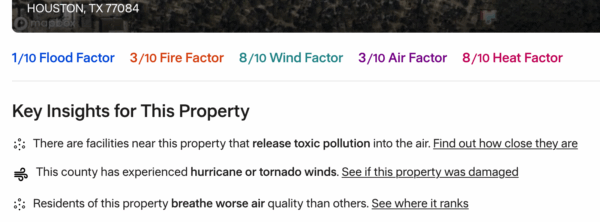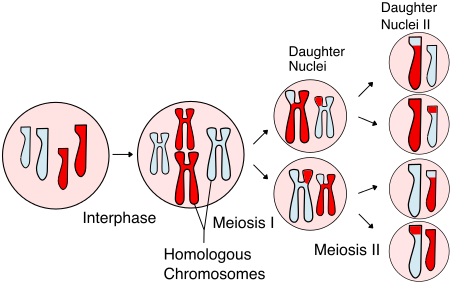Victor: – “What evidence/data do you mean, Geoff? Please share.“
I have done it several times, in multiple threads, for several years in direct response to its multiple poorly informed comments. Clearly, you constantly ignore them. I will not waste my time in a useless action.
Victor: – “Sounds a little paranoid.“
It seems to me that you do not understand how physical reality behaves … Why does that not surprise me?
Victor: – “I assumed that you were aware of that since I published in it more than once before.“
Did you look at the links I provided? No?
Victor: – “According to the graph with which I linked, the temperatures fell from 1880 to 1910.“
The temperatures “were falling from 1880 to 1910” for how much, Victor? Let me see the graphic to which you refer; It is less than 0.1 ° C for my eye. But from 1900 to the present, the GMST has increased more than 1.4 ° C. During the Holocene period, that is, around the last 11,700 years, the long -term GMST has been relatively very stable to 14 ± 0.5 ° C until the 1980s.
Joint Director of the Potsdam Institute for Climate Impact Research in Germany, Johan Rockström, in the YouTube Video titled Extreme climate (complete documentary)Duration 0:52:20, says from the time interval 0:03:38:
“One point five is a large number. How can it be that people in general do not understand what really means 1.5 ° C of the increase in global average surface temperature, which is a really large number? And to explain that, one has to look back on the trip of our planet over time.
During the last 3 million years, which is the geological era that we call the quaternary, which is, in my opinion, the only moment of relevance to us, because it is only in the quaternary that we have had a planet that resembles biological, chemically, physically, physically, the planet we know today. With the ice layers, with the biological cycle with the carbon cycle with the oceans, with the continents, you know. That the planet we know is the planet of the quaternary.
Our understanding today is that temperatures on Earth throughout this period of 3 million years have never exceeded two degrees.
Then, the warmer global temperature of the surface, the deviation of the 14 degrees Celsius, that is what we use as a reference point, 14 degrees Celsius is the average temperature before starting to burn fossil fuels.
So, in the last 3 million years, we have gone, you know, they stayed under 16 years. It is only two, and the deep ice age is less six. So I call this today the corridor of life. That everything we know, everything we appreciate, on everything we depend, has evolved within this very narrow range, never exceeds two, never goes below less six. Less six, deep ice age, plus two, warm interglacial. Then, in the last 3 million years, we have had 6 to 8 warm interglacial.
And only in the last 1 million years we enter what is called Pleistocene, where the planet begins to dance between these ice ages of 100,000 years and the shortest interglacial. And that is what is called the cycling of Milankovitch, and everything is driven by our journey around the sun and the bamboleo of the axis of planet Earth.
That is the 1 million years that, which we understand and we have as a reference point.
We have existed as modern humans on planet Earth during the two most recent agents of ice, so only 250,000 years.
So we have had two ice ages and two interglacial. One is the Eemian 100,000 years ago, and then the Holocene, the most recent period of 10,000 years.
Then the Holocene is an interglacial warm. It is a 14 degree Celsius planet. It is within this, this corridor of life, the more than two maximum warmth at least six. But it is even narrower. Actually there are 14 degrees Celsius, more / less zero point-five point, 0.5.
So today, with 1.45, we are actually almost a magnitude three times outside the warmer temperature of the Earth since we left the last ice age. I mean, 1.5 is a very large number, and this impacts everything on planet Earth. Change the oceans, change biology. Change temperatures, change heat, change fresh water flows. Each centigrade degree of heating adds another 7% moisture in the atmosphere, where we are simply promoting the entire system with more energy, more water, more extreme and, and that is, what happens already in these, is what can be perceived as low numbers, but in reality they are gigantic numbers because the “corridor of life” is so narrow. “
https://youtu.be/U8PLRKQBB0?t=218
Clearly, Victor, you have no idea what has been happening …
Victor: – “I can assure you that there is still a lot in the Gulf region and the United States, where Trump is pressing the oil button really.“
American oil geologist Art Berman suggests something different:
“… I am quite sure that before this decade ends we will see some serious supply concerns for the oil and natural gas markets, and I would not be surprised if that happened in one or two years, ah, instead of, you know, the five or six years we have in this decade.“
https://youtu.be/rv85ltmo8tq?t=2233
See too The depletion paradox in:
https://blog.gorozen.com/blog/the-depletion-paradox
And Adam Rozencwajg, CFA, managing partner of Goehring & Rozencwajg comments in the Podcast: Peak Oil reaches the bituminous shale patch. Are you ready?
https://blog.gorozen.com/blog/podcast-peak-oil-2025
Victor, it is clear that you have swallowed the Trump pump and you have no idea of the reality of the US oil supply …
#REALCLIMATE #FORCED #VARIATIONS #August










